16 September, 2002
9/16/02
Wiseman & Coldfoot
As you travel the Dalton Highway, there is very little in the way of civilization between Fairbanks and Toolik Lake. Of the few road signs for towns that you see along the way, the two farthest north are for the towns of Wiseman and Coldfoot. In most areas of the country, neither of these two places would be considered much of a town. The combined population of both is under 100 residents. In Alaska however, and especially along the Dalton Highway, Wiseman and Coldfoot are oasis of human population.
Wiseman is the officially the younger of the two towns, but has had residents for well over 100 years. At one time, during the height of the gold rush, Wiseman had a population about 400 residents. The transient nature of the mining population made exact numbers difficult to determine. While most famous as an Alaskan gold rush town, Wiseman has a place in Alaskan culture for many reasons. Officially founded in 1908 the history of Wiseman is told in a well read Alaskan book called Arctic Village. Wiseman also shows up in a number of other books about travel in and the history of Alaska. Today Wiseman is a picturesque Alaskan town sitting on the banks of the
Koyakuk River. The town is home to an eclectic group of people that include native Alaskans, trappers and relocated telecommuters. Of the twenty or so homes in Wiseman, at least four operate bed and breakfast businesses. Wiseman is also very popular as a destination for hunters during the fall and for tourists to this area in the summer.
While Wiseman exists today as a small collection of homes, Coldfoot exists today as the farthest north truckstop in the world. Unlike Wiseman, Coldfoot came into existence as a mining town. When the miners moved to other areas, Coldfoot nearly disappeared as well. Coldfoot’s rebirth came with the construction of the Alaskan Pipeline and the Dalton Highway. Pipeline workers were found in Coldfoot a place to establish a construction camp. Since the Dalton Highway was basically constructed as an access and construction road for the pipeline, the pipeline camp here guaranteed that the town would be a highway stop. In fact, Coldfoot is the only place to purchase gas between the Yukon River and the town of Deadhorse near the Arctic Ocean. The activity in Coldfoot centers on the highway truckstop pull-off that includes the Coldfoot Café, a few fuel pumps, a small post office and the Slate Creek Inn. For those interested in comparison shopping, gas at the Coldfoot is $2.35/gallon and a room at the Slate Creek Inn is $145/night.
Over the next several days, we will be spending some time both in and around Wiseman and Coldfoot as we search for and collect insects from this area. I can say that while this area may look rustic in the photos below, running water, flush toilets and long hot showers make this a virtual paradise after working in Toolik for the past week.
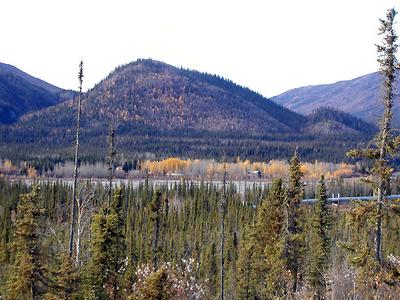
This and the next several photos are to show you some of what life in Wiseman might be like

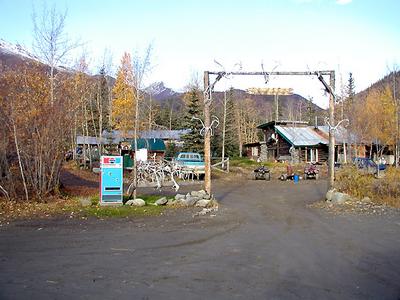
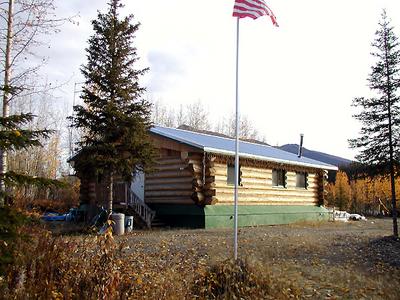
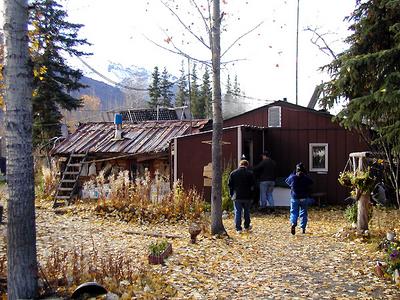

This wonderful sight was along the Koyukuk River as we left Wiseman

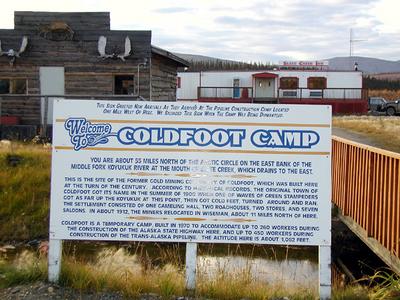
And now for Coldfoot. As I said in the journal entry, coldfoot is primarily a truckstop, but one with a history. If you read the signs in the next few photos, you can learn some of that Coldfoot past.
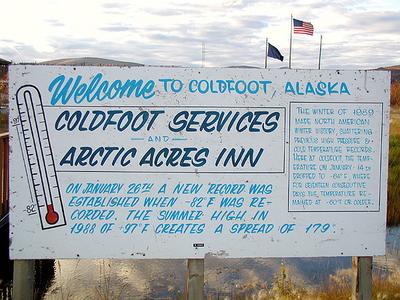
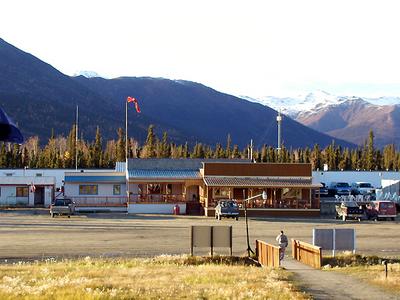


Truckstop or not, you can still see some beautiful things in Coldfoot. This is from the front porch of the motel.
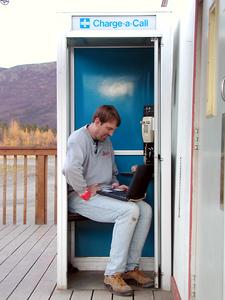
I had some problems trying to post journals from Coldfoot
Contact the TEA in the field at
.
If you cannot connect through your browser, copy the
TEA's e-mail address in the "To:" line of
your favorite e-mail package.
|
